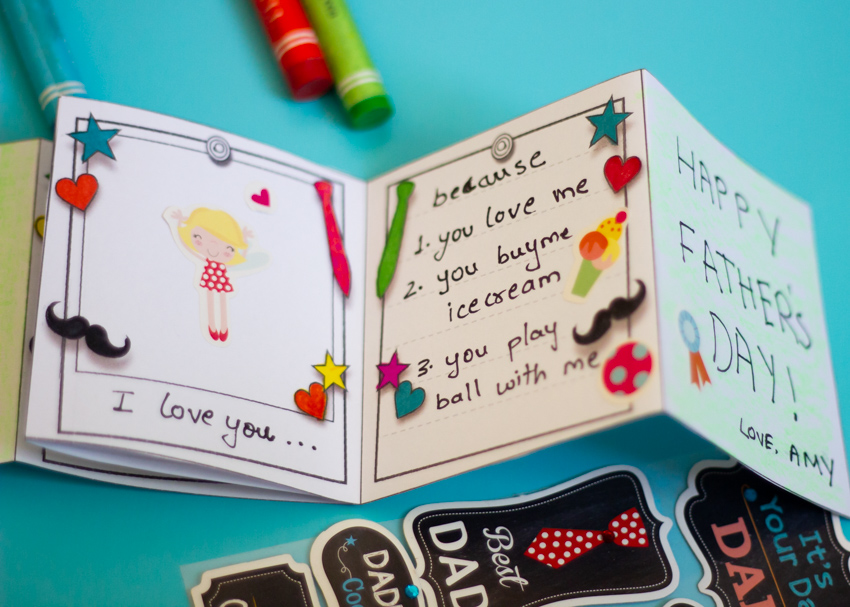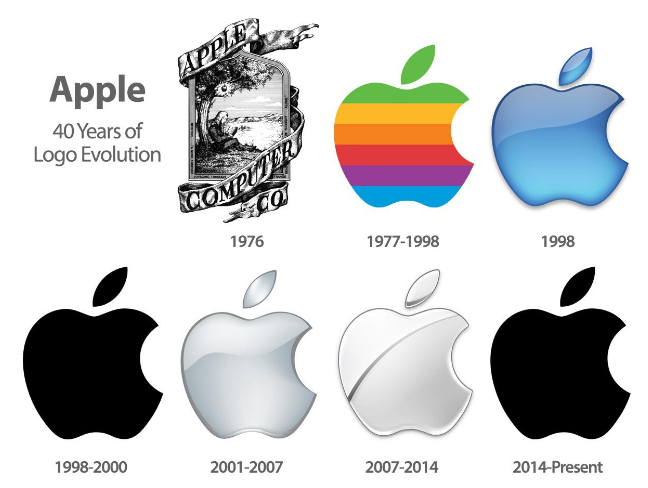Q1: Lakoff + Johnson give several examples throughout the text of linguistic metaphorical systems. Are there any you found odd, outdated, or different from metaphorical systems that you use, either personally or in your language, culture, or social sphere? For instance, do you speak about conversation as battle, or use orientational metaphors the same way the authors describe?
I think “Time is money” might be different in some other culture. It is definitely a proper metaphor in modern western culture and also makes sense for people living in China now. However, in some religious countries, for example, Thailand or Bhutan, people values faith more than money. So maybe in their conceptual system, though time is valuable, there could be some other metaphors for time.
In ancient times in China, there are several metaphors for time – e.g: arrow, white horse and water.
Q2: Can you identify a metaphorical system that you commonly use? What do you think is the motivating rationale (“experiential basis”) behind that system – or is there one? Have you ever intentionally (or unintentionally) changed the metaphorical system that you use to speak about a certain subject, to reflect a different experience or worldview?
When describing about life, I like to say that “life is a journey”. Because I believe that what really matters in life is to explore and experience. Sometimes, when the context is related to career or learning , I will unintentionally change the metaphorical system and say that “life is like a marathon.” I think the reason behind is that career and learning both implies competition, which makes me unconsciously associate life with marathon.
Q3: What metaphors/systems of metaphor are commonly used when discussing your topic? If “the essence of a metaphor is understanding and experiencing one kind of thing in terms of another” (5), what other kinds of metaphors might be useful for discussing your topic, or an aspect of your topic?
Regarding my topic of “Code of Arms”, I will use identity as the metaphor. “Code of Arms” manifests the identity of the recognition or expectation of a family or institution. Speaking of other kinds of metaphors related to this topic, I think of inheritance and tradition.



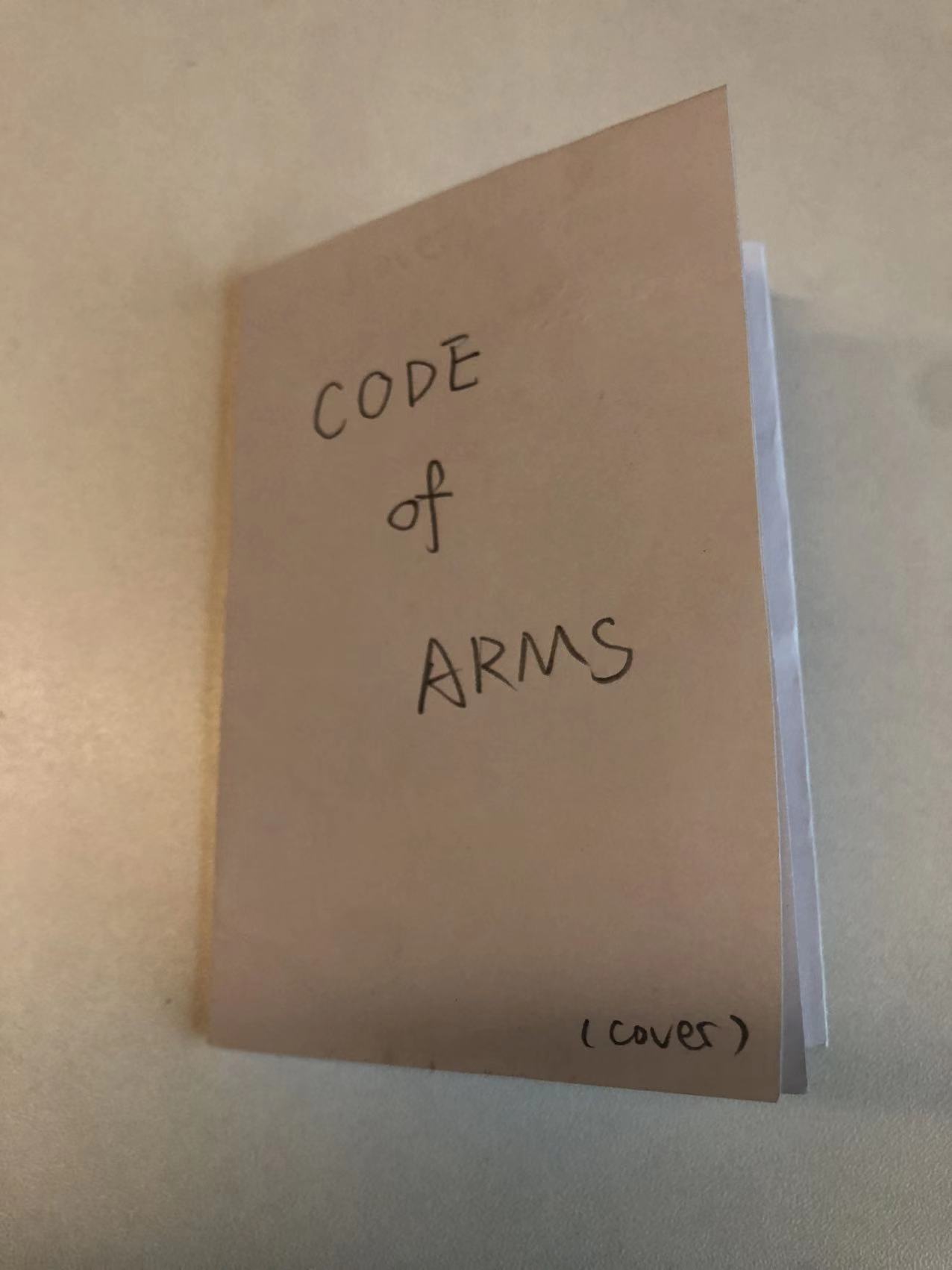
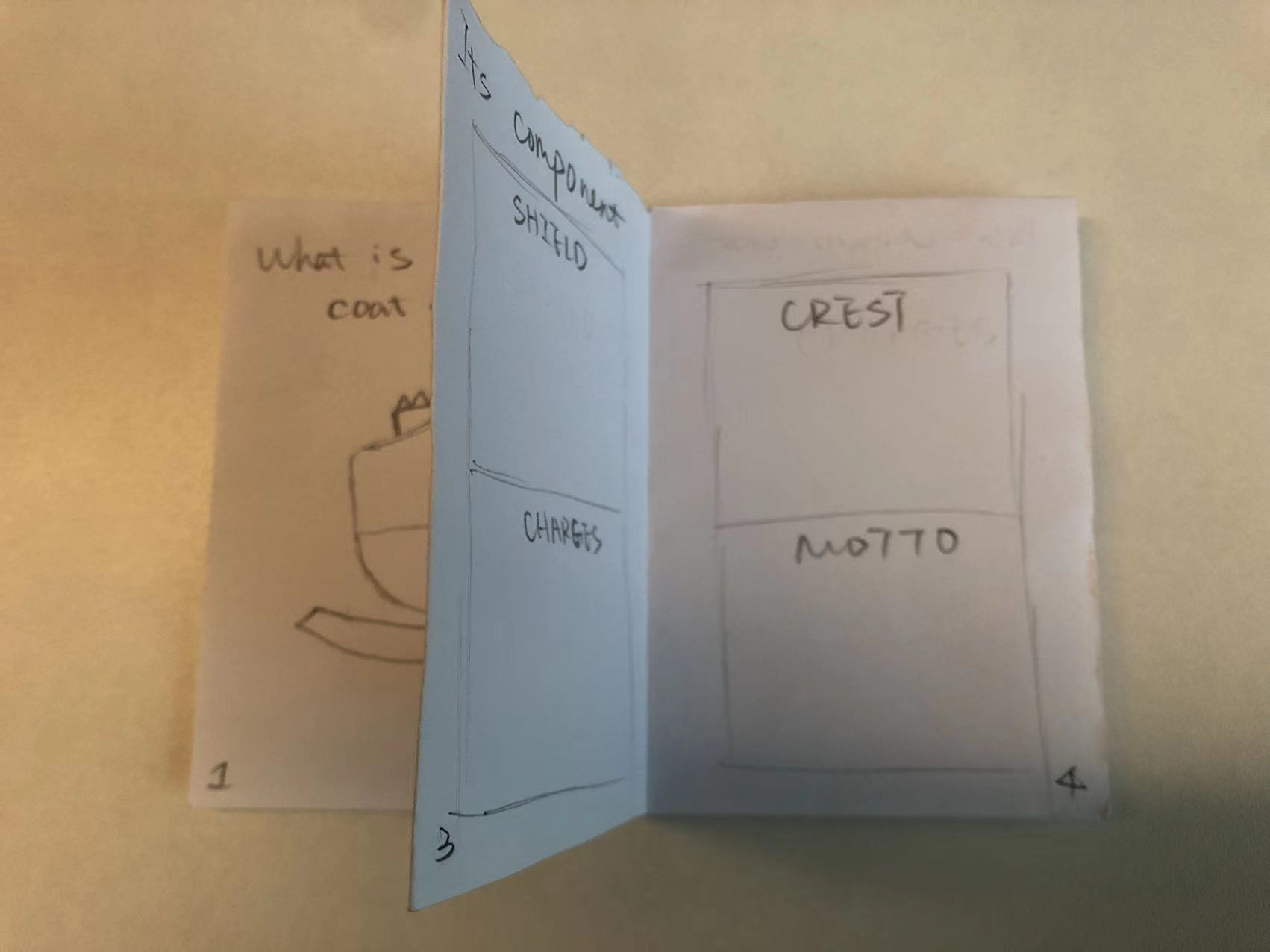
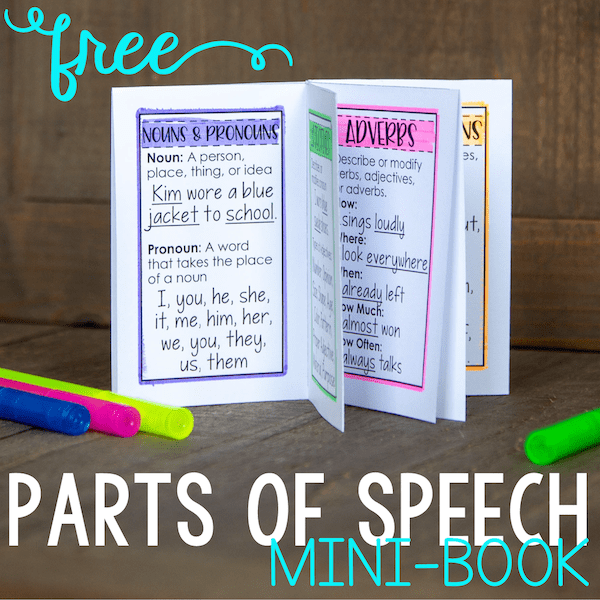 .
. 